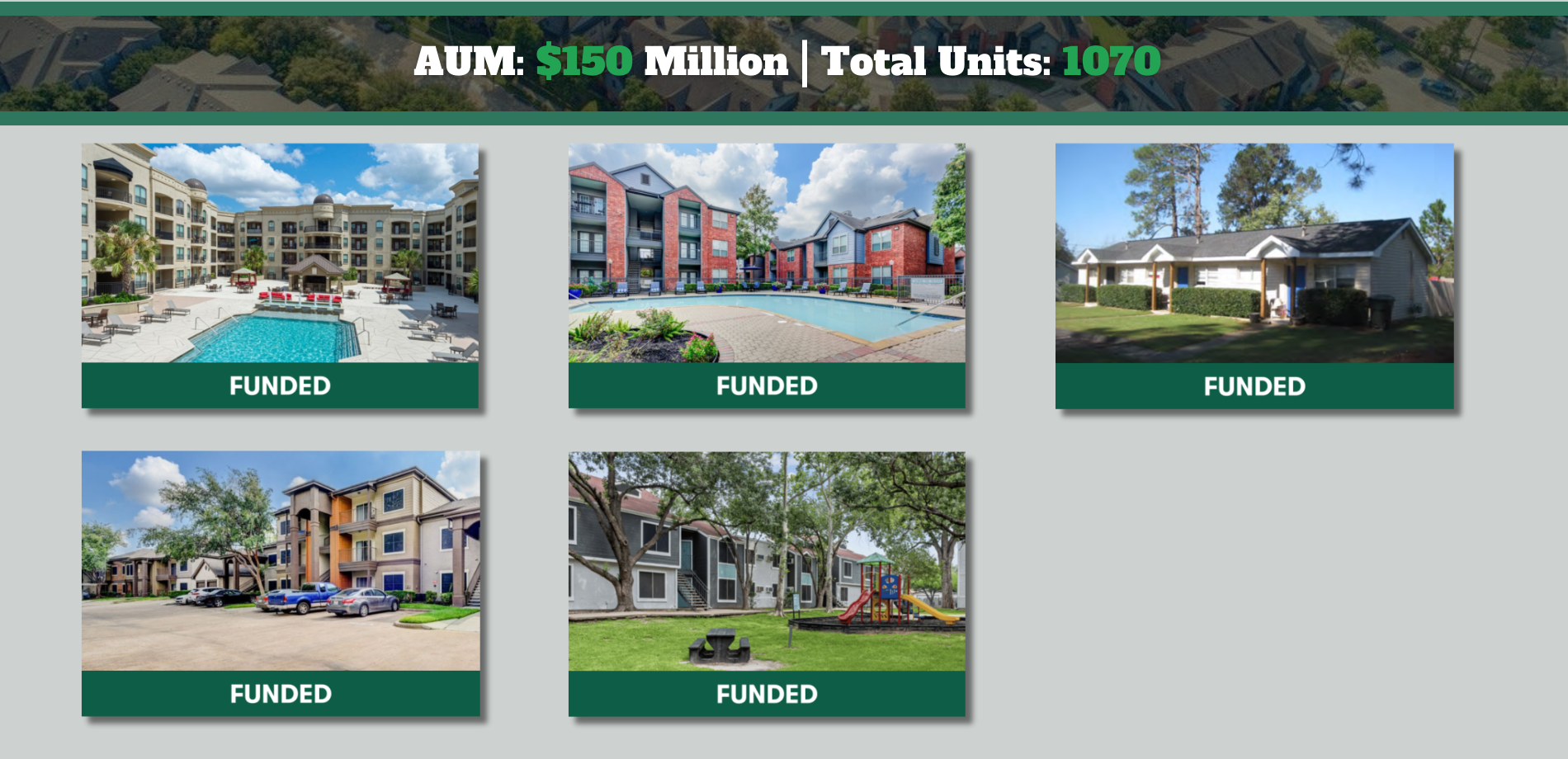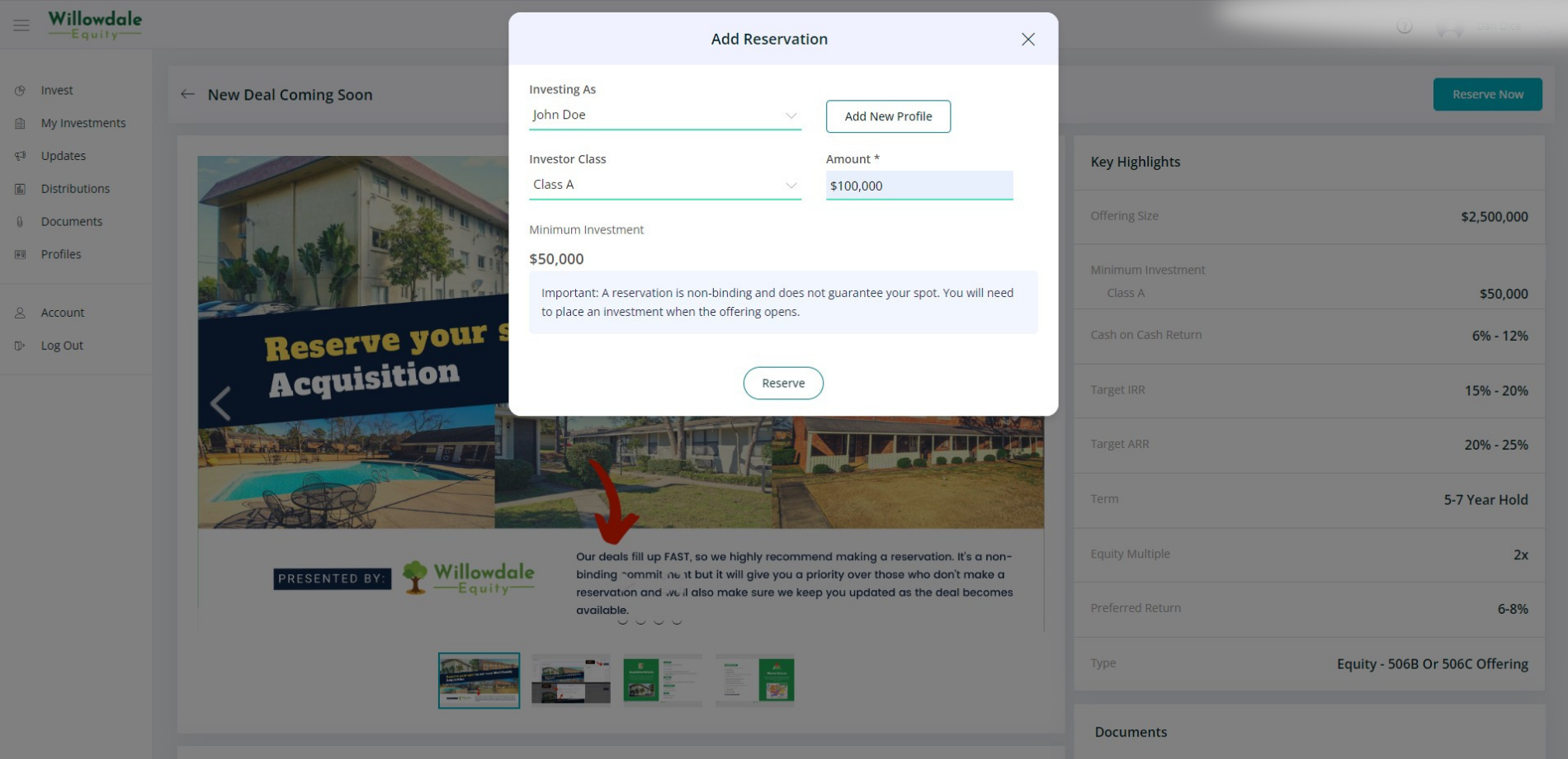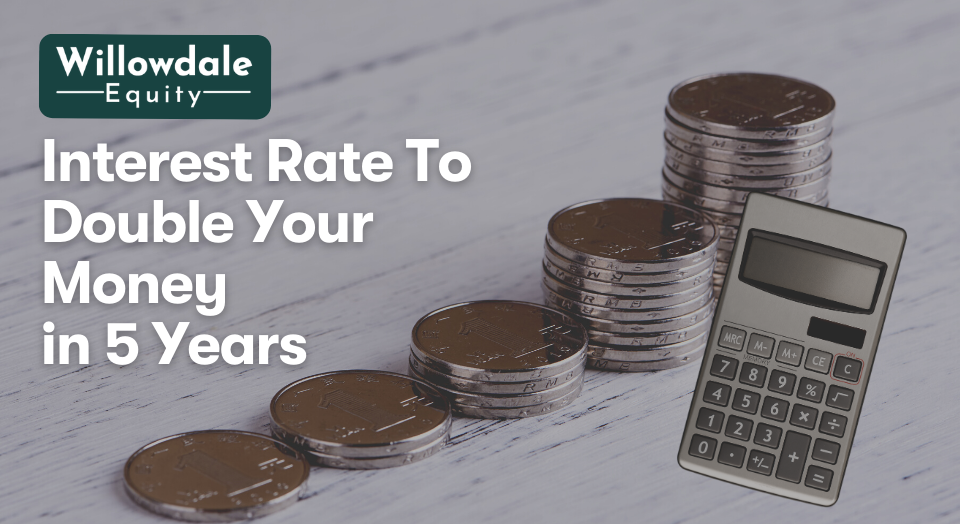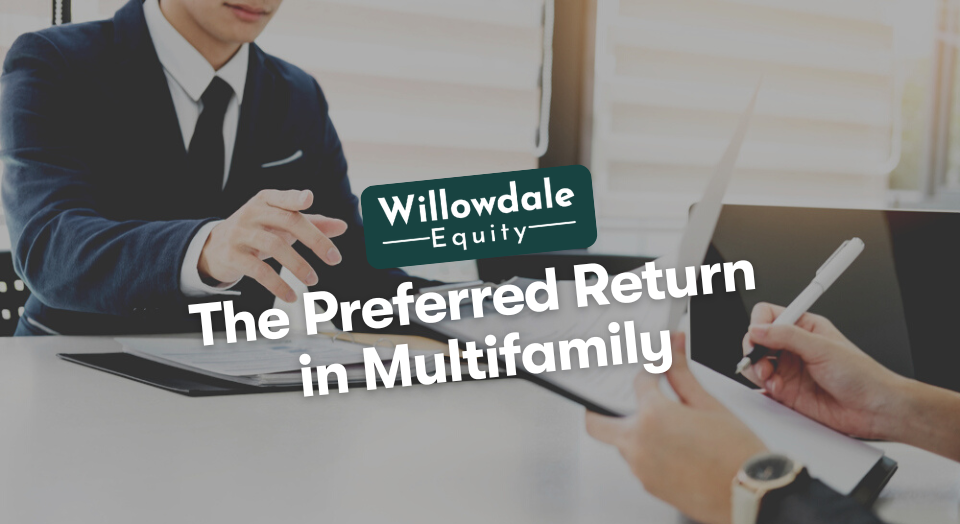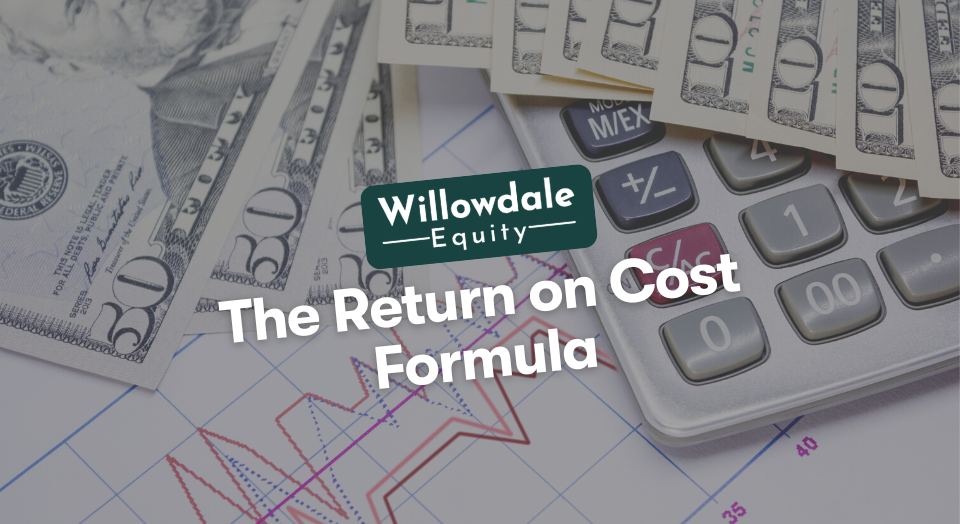
The Return on Cost Formula: How to Calculate Return on Cost in Real Estate Investing
This article is part of our guide on what a good cap rate is for multifamily, available here.
Every investor in real estate has a unique set of standards to decide whether or not a real estate investment is worthwhile.
Return on cost and the capitalization rate (“Cap” Rate) are two commonly applied metrics in commercial real estate investing for assessing returns.
When assessing value-add projects in real estate, the return on cost is a useful indicator. Moreover, it is practical and straightforward to calculate. We’ll delve deeper into the return on cost of real estate in this article, including what it means for a real estate investor, how to calculate it, an example, and why it is essential to consider ROC in a value-add deal.
Key Takeaways
-
Return on cost is comparable to the cap rate, except that it also factors in future net operating income (NOI) to your returns on added risk and cost.
-
It indicates whether your property has the potential to produce more cash flow than an acquisition of a stabilized asset.
-
The formula for calculating ROC is as follows: ROC= Potential Net Operating Income/(Purchase Price + Cost of Renovation)
What Does ROC Mean in Real Estate?
Return on cost is comparable to the cap rate, except that it also factors in future net operating income (NOI) to your returns on added risk and cost. It indicates whether your property has the potential to produce more cash flow than an acquisition of a stabilized asset.
The cap rate and return on cost are two indicators that investors use to assess real estate investments. Although the cap rate is a valuable tool for assessing an investment property, it has some drawbacks when used on its own. The use of trailing cap rates and in-place cap rates, as well as a combination of techniques, is recommended for accurate analysis.
Let’s now look at how you can calculate return on Cost (ROC).
How to Calculate Return on Cost (The Return on Cost Formula)
The return on cost is used to determine how profitable an investment is. It is an excellent way to compare the amount of profit you may expect from an investment relative to its total cost.
The formula for calculating ROC is as follows:
ROC= Potential Net Operating Income/(Purchase Price + Cost of Renovation)
The formula’s denominator is the anticipated NOI, which may be a couple of years from the date of acquisition once the renovations are complete. At this point, the rental income would substantially increase to maximize the return on investment.
Return on cost is comparable to Cap Rate. Still, it is more forward-looking because it considers stabilization costs for rental properties and the NOI that results after stabilization.
Return on cost helps consider if it’s better to spend more money on a property with stable cash flows or less money on a property that might have a more significant cash flow in the future. It can be better understood with the help of an example.
An Example of Real Estate Return on Cost
An investor may be considering paying $5 million for a stabilized apartment complex, 100% occupied, and currently earns $280,000 in NOI, indicating a 5.6% cap rate ($280,000 / $5,000,000). Or, the investor could spend $3 million on a value-add building with 60% occupancy but needs $2 million in renovations. The property had an NOI of $200,000 at the time of acquisition, but after the improvements are made, it will produce $420,000 in NOI.
The Return on Cost is 9% ($420,000 / $3,000,000 + $2,000,000) using the formula above. Therefore, the investor can buy a bigger future revenue source for the same upfront investment of $5 million. The $420,000 in projected NOI would have a value of $7.5 million if the same 5.6% cap rate were applied. The investor used the same $5 million investment to generate a higher profit by acquiring the riskier asset and carrying out a successful value-add business plan.
With return on cost understood, we can now consider why real investors should consider ROC in value-add real estate deals.
Why You Should Look at Return on Cost in a Value-Add Real Estate Deal

One of the main ways to calculate the value of a commercial investment is the capitalization rate. The cap rate can be used to determine the value of properties with stabilized income.
Although the topic of what a cap rate comprises seems straightforward, the solution is not always clear-cut. A cap rate’s calculation and application depend on several variables.
A cap rate is a rate of return you anticipate from an investment during the initial year of ownership, minus fees for financing and property improvements. Consider a cap rate, the payout one would get if one bought the property for all cash in the first year. The Net Running Income (NOI), the income from the property less the operating expenses, is divided by the purchase price to determine the cap rate.
A cap rate is an instance in time. The cap rate may occasionally be a “trailing cap rate,” which is the NOI produced at the property over the previous 12 months. Sometimes the cap rate is an “initial” or “going-in” cap rate, reflecting the anticipated NOI for the first year of ownership.
This data helps us map out our pro forma cap rate to see where we can take the property on a five to ten-year horizon.
Using ROC to Analyze Your Value-Add Deal
The anticipated future increase of the underlying NOI, the renter’s credit, the duration of the leases, and the liquidity of the investment market all significantly impact cap rates. The cap rate can be helpful as a valuation tool and as a way to compare opportunities amongst themselves for stabilized real estate assets with reliable cashflows.
However, since the underlying cash flows in an unstabilized deal can sometimes be unpredictable, especially those where there’s a large value-added component, the in-place cap rate is meaningless.
In fact, the deal might even negatively cashflow, but the operator has the opportunity to create a better quality product and charge more, reach it’s occupancy targets, and produce more cash flow as a result. For these value-add types of opportunities, we employ the Return on Cost metric to effectively allow us to measure risk and reward.
Frequently Asked Questions about the Return on Cost Calculation
The ROC in real estate stands for “Return On Cost.” It reflects the total project costs (purchase and rehab), and the future stabilized net operating income (NOI) post-renovation/stabilization.
According to most experts, a good return on cost for real estate investors is between 8% and 10%.
Yield is an investment’s total profit over a given period, typically expressed as a percentage. Return is the amount that a holding makes or loses over time as measured by the change in its dollar value. The return is backward-looking, while the yield is forward-looking.
The Return on Cost in Real Estate Investing — Conclusion
The best methods for calculating the return on real estate investment is cap rate and return on cost. Real estate investors should analyze potential investments using ROC and various cap rate formulas.
Join the Investors Club to learn more about accessing private value-add multifamily investment opportunities that incorporate a strong return on cost.
The Willowdale Equity Investment Club is a private group of investors that are looking to passively grow their capital and share in all the tax benefits through multifamily real estate investments.
